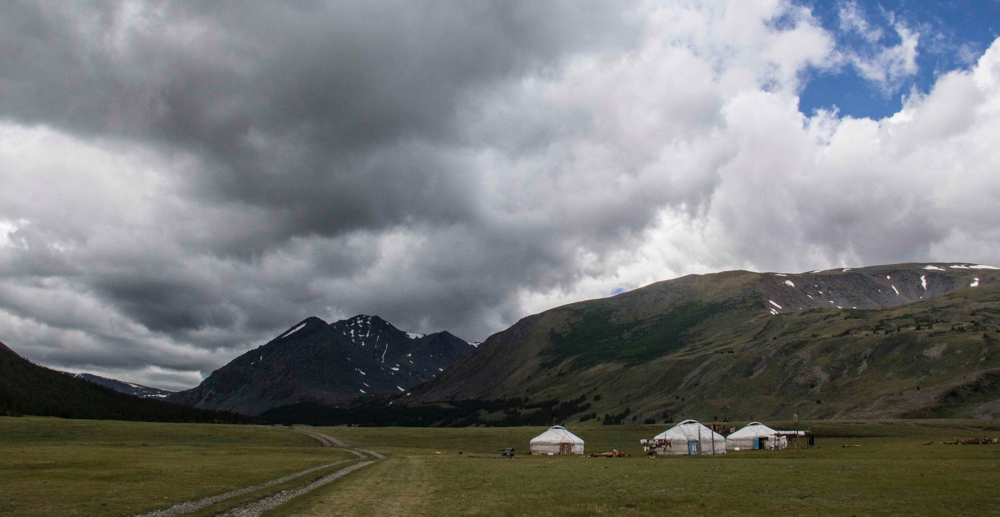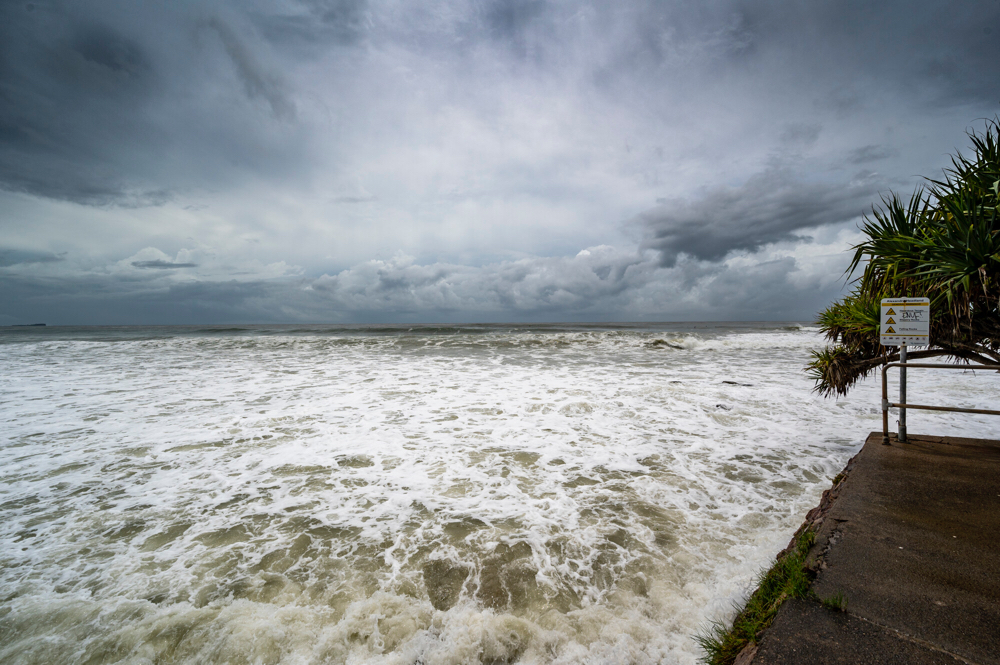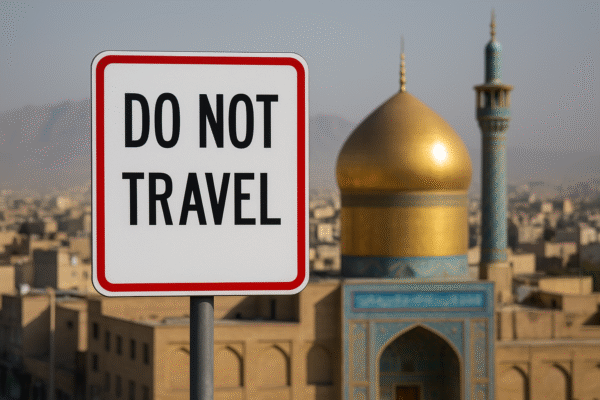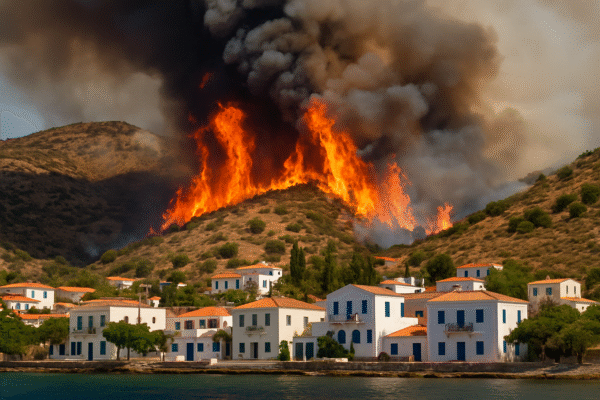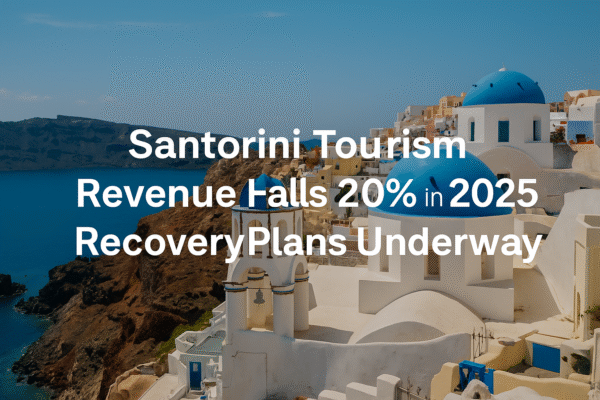Santorini, Greece’s crown jewel and one of the most photographed islands in the world, is navigating a challenging year in 2025. Known for its whitewashed cliffside homes, cobalt-domed churches, and breathtaking caldera views, the island has seen tourism revenue tumble by more than 20%, creating economic ripples that are being felt by businesses and residents alike.
Despite retaining its status as a dream destination, the island is contending with a perfect storm of factors including global economic uncertainty, rising travel costs, and increased competition from other Mediterranean hotspots such as Crete, Corfu, and Zakynthos.
Revenue Drop Across Key Sectors
The downturn has been particularly stark in the accommodation and hospitality industries. Hotel revenues fell by 22.1% in the second quarter of 2025, compared to the same period in 2024. Restaurants and cafes, essential components of the island’s vibrant tourism scene, also experienced a steep 21% revenue decline.
This slump stands in contrast to the broader Greek tourism landscape. Nationwide, hotel revenues rose slightly by 2.6% during the same quarter, and while the food sector saw a minor decline of 2.6%, Santorini’s figures remain the most dramatic, highlighting the island’s unique vulnerabilities.
Regional Comparisons Reveal Uneven Recovery
While Santorini struggles, other Greek destinations have demonstrated resilience and growth. Corfu, with its mix of cultural heritage, family-friendly resorts, and value-driven packages, reported a 10.7% rise in hotel turnover. Chania in Crete experienced steady growth of around 2.7%, while Zakynthos saw a 7.3% increase in restaurant revenue, reflecting strong demand from both domestic and international visitors.
Analysts suggest that Santorini’s heavy reliance on high-end, short-term tourism has made it more susceptible to global shifts. In contrast, destinations that have diversified their offerings, catering to both luxury and budget-conscious travelers, have been better positioned to weather market fluctuations.
Economic Strain on Local Communities
The decline in tourist spending has created ripple effects across Santorini. Small businesses, including souvenir shops, tour operators, and local transport providers, have reported significant drops in income. Seasonal workers, many of whom depend on the bustling summer months for the bulk of their annual earnings, face reduced hours or even job losses.
Local officials have expressed concern about the long-term impact on the island’s economy, particularly if revenues do not rebound by the next high season. Planned infrastructure upgrades and expansions in the tourism sector may also be delayed as stakeholders reassess financial risks.
Key Drivers Behind the Downturn
Industry experts have identified several factors contributing to the revenue drop:
- Rising travel costs: Higher airfares and accommodation expenses have prompted many travelers to seek more affordable alternatives.
- Global economic uncertainty: Shifting currencies and inflation have tightened discretionary spending for international tourists.
- Competitive destinations: Islands such as Rhodes, Crete, and Zakynthos have ramped up marketing efforts, attracting travelers with package deals and diverse experiences.
- Changing travel patterns: Modern travelers are seeking longer, more immersive trips, often bypassing short luxury stays in favor of more budget-friendly destinations.
Opportunities for Recovery
Despite these challenges, Santorini retains its strong appeal as a global travel icon. The island’s volcanic landscapes, romantic sunsets, and unique culinary scene continue to draw interest from visitors worldwide. Tourism leaders are now pivoting towards diversification and innovation to attract a broader market and stabilize revenue streams.
Key strategies being discussed include:
- Promoting off-season travel: By marketing Santorini as a year-round destination, the island hopes to extend the tourist season and generate more consistent revenue.
- Expanding cultural tourism: New initiatives are focusing on local history, gastronomy tours, and immersive cultural experiences to attract niche travelers.
- Adventure and eco-tourism: Hiking trails, sailing tours, and eco-conscious packages are gaining popularity, catering to travelers seeking unique outdoor activities.
- Improved infrastructure and transport: Efforts are underway to enhance public transportation and visitor services, ensuring smoother travel experiences for guests.
Looking Ahead
Santorini’s tourism outlook remains cautiously optimistic. Experts predict that with strategic investments in infrastructure, diversified offerings, and targeted marketing, the island can rebound in the next two to three years. However, success will depend on adapting to shifting traveler preferences and creating sustainable solutions that balance visitor demand with the island’s unique environmental and cultural assets.
A Call for Sustainable Tourism
This challenging period also presents an opportunity for reflection. By focusing on sustainable tourism, Santorini can protect its natural beauty while fostering economic resilience. Reducing overcrowding, promoting eco-friendly practices, and engaging local communities in tourism planning will be crucial to ensuring that future growth benefits everyone on the island.
Conclusion
Santorini’s 20% tourism revenue drop in 2025 serves as a wake-up call for the island and the broader Greek tourism sector. While the decline has disrupted local businesses and strained the economy, it also highlights the importance of adaptability and innovation in a competitive travel landscape.
With its enduring global appeal and proactive efforts to diversify offerings, Santorini is well-positioned to recover. By embracing sustainability, expanding off-season travel, and delivering unique, high-quality experiences, this iconic destination can once again thrive — ensuring that travelers continue to find their dream escape along the Aegean shores.
For more travel news like this, keep reading Global Travel Wire




